Home>Furniture & Design>Interior Design Trends>How Much Vitamin C In A Glass Of Orange Juice


Interior Design Trends
How Much Vitamin C In A Glass Of Orange Juice
Modified: February 18, 2024
Discover the latest interior design trends and get inspired to transform your space with our expert insights and tips. Stay ahead of the curve with our trendsetting ideas.
(Many of the links in this article redirect to a specific reviewed product. Your purchase of these products through affiliate links helps to generate commission for Storables.com, at no extra cost. Learn more)
Introduction
Vitamin C, also known as ascorbic acid, is a vital nutrient that plays a crucial role in maintaining overall health and well-being. It is renowned for its immune-boosting properties, antioxidant benefits, and its ability to support the body's natural collagen production. As a water-soluble vitamin, the body does not store excess amounts of vitamin C, making it essential to consume it regularly through diet or supplementation.
Amidst the myriad of sources for obtaining this essential nutrient, orange juice stands out as a popular and readily available option. The tangy, refreshing taste of orange juice makes it a beloved choice for many, and its vitamin C content further enhances its appeal as a nutritious beverage.
In this article, we will delve into the world of vitamin C, exploring the significance of this essential nutrient, the specific amount of vitamin C present in orange juice, the factors that influence its content, and the recommended daily intake. By gaining a deeper understanding of these aspects, readers will be empowered to make informed decisions about their dietary choices and optimize their vitamin C intake for improved health and vitality.
Key Takeaways:
- Orange juice contains about 124 milligrams of vitamin C in an 8-ounce serving, which can help boost the immune system and support overall health. Choose freshly squeezed or minimally processed options for maximum benefits.
- Factors like orange variety, processing method, and storage conditions can affect the vitamin C content in orange juice. Prioritize fresh, additive-free options to ensure a potent and reliable source of vitamin C.
The Importance of Vitamin C
Vitamin C, also known as ascorbic acid, is a powerhouse nutrient that plays a pivotal role in supporting overall health and well-being. Its multifaceted benefits extend far beyond its reputation as an immune system booster. This essential vitamin serves as a potent antioxidant, shielding the body from harmful free radicals and oxidative stress. By neutralizing these damaging molecules, vitamin C helps protect cells and tissues from premature aging and chronic diseases.
One of the most renowned attributes of vitamin C is its immune-boosting prowess. It fortifies the body's natural defense mechanisms, aiding in the prevention and management of various infections and illnesses. Furthermore, vitamin C contributes to the production and function of white blood cells, which are integral components of the immune system's response to pathogens.
In addition to its immune-enhancing properties, vitamin C is a key player in collagen synthesis. Collagen, a structural protein, is essential for maintaining the integrity and elasticity of skin, tendons, ligaments, and blood vessels. By promoting collagen production, vitamin C supports skin health, accelerates wound healing, and fortifies the body's connective tissues.
Moreover, vitamin C exhibits anti-inflammatory properties, which can help alleviate symptoms associated with inflammatory conditions such as arthritis and promote overall joint health. Its ability to enhance the absorption of non-heme iron from plant-based sources further underscores its significance in supporting healthy blood and preventing iron-deficiency anemia.
The benefits of vitamin C extend to cardiovascular health as well. It aids in maintaining healthy blood pressure levels, supports endothelial function, and mitigates the oxidative stress that contributes to the development of cardiovascular diseases.
Furthermore, vitamin C plays a role in the synthesis of neurotransmitters, such as serotonin, which are essential for mood regulation and cognitive function. Its antioxidant properties also extend to the eyes, where it helps protect against age-related macular degeneration and supports overall ocular health.
In summary, the importance of vitamin C cannot be overstated. Its diverse range of benefits encompasses immune support, antioxidant protection, collagen synthesis, anti-inflammatory effects, and contributions to cardiovascular and cognitive health. By incorporating vitamin C-rich foods and supplements into their daily regimen, individuals can harness the remarkable advantages of this essential nutrient and promote their overall well-being.
How Much Vitamin C is in Orange Juice?
Orange juice is renowned for its refreshing taste and vibrant color, but it also stands out as a notable source of vitamin C. The exact amount of vitamin C in orange juice can vary depending on factors such as the type of oranges used, the processing method, and storage conditions. On average, an 8-ounce (240-milliliter) serving of commercially produced orange juice contains approximately 124 milligrams of vitamin C. This quantity fulfills or even exceeds the recommended daily intake of vitamin C for most individuals.
The vitamin C content in orange juice is a testament to the nutritional value of this beloved beverage. Whether freshly squeezed at home or purchased from the store, orange juice offers a convenient and delicious way to boost one's intake of this essential nutrient. The presence of vitamin C in orange juice not only enhances its appeal but also contributes to its potential health benefits.
It's important to note that the vitamin C content in orange juice can diminish over time due to exposure to light, heat, and air. Therefore, consuming freshly squeezed orange juice or choosing varieties that are minimally processed can help ensure a higher vitamin C content. Additionally, opting for orange juice that is not from concentrate may provide a more potent dose of vitamin C compared to reconstituted versions.
In summary, orange juice serves as a notable source of vitamin C, offering an average of 124 milligrams per 8-ounce serving. By incorporating this citrusy beverage into their daily routine, individuals can effortlessly elevate their vitamin C intake and reap the associated health benefits.
A typical 8 oz glass of orange juice contains about 120% of the recommended daily intake of vitamin C. This can vary depending on the brand and whether it’s freshly squeezed or from concentrate.
Factors Affecting Vitamin C Content in Orange Juice
The vitamin C content in orange juice can be influenced by several factors, which can impact its nutritional potency and overall health benefits. Understanding these factors is crucial for individuals seeking to maximize their intake of this essential nutrient and harness the full potential of orange juice as a source of vitamin C.
-
Variety of Oranges: The type of oranges used to produce the juice can significantly affect its vitamin C content. Certain varieties, such as Valencia oranges, are known for their high vitamin C levels, while others may contain slightly lower concentrations of this nutrient. Therefore, the choice of orange variety can play a pivotal role in determining the vitamin C content of the resulting juice.
-
Processing Method: The method employed to extract and process the orange juice can impact its vitamin C content. Heat exposure during pasteurization, for instance, can lead to the degradation of vitamin C. Additionally, prolonged storage and exposure to light can further diminish the vitamin C levels in commercially produced orange juice. Opting for minimally processed or freshly squeezed orange juice can help preserve its vitamin C content.
-
Storage Conditions: The storage environment of orange juice, both before and after opening the container, can influence its vitamin C levels. Exposure to light, heat, and air can accelerate the degradation of vitamin C. Therefore, storing orange juice in a cool, dark place and consuming it within a reasonable timeframe can help maintain its vitamin C potency.
-
Additives and Preservatives: Some commercially available orange juices may contain additives and preservatives, which can impact the vitamin C content. Certain preservatives and stabilizers used in long shelf-life orange juices may contribute to the reduction of vitamin C over time. Opting for pure, additive-free orange juice can help ensure a higher vitamin C content.
-
Freshness of the Juice: The freshness of the oranges used to make the juice can directly impact its vitamin C content. Freshly squeezed orange juice, especially when consumed shortly after preparation, is likely to retain a higher concentration of vitamin C compared to juices that have been stored for extended periods.
By considering these factors, individuals can make informed choices when selecting and consuming orange juice to optimize their vitamin C intake. Prioritizing freshly squeezed, minimally processed, and additive-free orange juice can help ensure a potent and reliable source of vitamin C, allowing individuals to reap the maximum benefits of this essential nutrient.
Recommended Daily Intake of Vitamin C
The recommended daily intake of vitamin C serves as a crucial guideline for individuals seeking to maintain optimal health and well-being. The amount of vitamin C needed can vary based on factors such as age, gender, overall health, and specific life stages, such as pregnancy and lactation. The Recommended Dietary Allowance (RDA) for vitamin C has been established to ensure that individuals receive adequate levels of this essential nutrient to support various physiological functions and promote overall vitality.
For most adults, the RDA for vitamin C is 90 milligrams per day for men and 75 milligrams per day for women. However, during pregnancy, the recommended intake increases to 85 milligrams per day, and for lactating women, it rises to 120 milligrams per day. These elevated recommendations account for the increased demands on the body during these critical life stages, emphasizing the importance of sufficient vitamin C intake for maternal and fetal health.
Children also have specific RDA values for vitamin C, with the amounts varying based on age. For example, the RDA for vitamin C is 15 milligrams for infants aged 7-12 months, 15-25 milligrams for children aged 1-3 years, 25-45 milligrams for children aged 4-8 years, and 45 milligrams for children aged 9-13 years. These recommendations are designed to support the growth, development, and immune function of children as they progress through different stages of childhood.
It's important to note that certain individuals, such as smokers and those exposed to environmental pollutants, may have increased vitamin C requirements due to the oxidative stress imposed on their bodies. In such cases, the RDA for vitamin C may be adjusted to accommodate these heightened needs and provide additional antioxidant support.
While the RDA serves as a general guideline for most individuals, some experts advocate for higher vitamin C intake to harness its full spectrum of benefits, particularly in the realm of immune support and antioxidant protection. Consuming a diverse range of vitamin C-rich foods, including citrus fruits, strawberries, kiwi, bell peppers, and broccoli, can help individuals meet their daily vitamin C requirements and fortify their overall health.
By adhering to the recommended daily intake of vitamin C and incorporating a variety of nutrient-dense foods into their diet, individuals can ensure that they receive the optimal amount of this essential nutrient to support their immune system, promote collagen synthesis, and safeguard their overall well-being. Embracing these dietary practices can empower individuals to harness the remarkable benefits of vitamin C and cultivate a foundation of health and vitality.
Read more: How Many Calories Is A Glass Of Orange Juice
Conclusion
In conclusion, the significance of vitamin C in promoting overall health and well-being cannot be overstated. From its pivotal role in bolstering the immune system to its contributions to collagen synthesis, antioxidant protection, and various physiological functions, vitamin C stands as a cornerstone of optimal health. Orange juice, with its refreshing taste and notable vitamin C content, emerges as a convenient and enjoyable means of meeting one's daily vitamin C requirements.
The average vitamin C content of approximately 124 milligrams per 8-ounce serving of orange juice underscores its potential to serve as a potent source of this essential nutrient. However, it is essential to consider factors such as the variety of oranges used, the processing method, storage conditions, and additives when selecting orange juice to ensure optimal vitamin C potency.
By understanding the recommended daily intake of vitamin C and incorporating orange juice into a balanced diet that includes a variety of vitamin C-rich foods, individuals can fortify their immune defenses, support collagen production, and safeguard their overall health. Additionally, prioritizing freshly squeezed, minimally processed, and additive-free orange juice can help maximize its vitamin C content and amplify its potential health benefits.
As individuals navigate their dietary choices, embracing the multifaceted benefits of vitamin C and leveraging the nutritional potency of orange juice can serve as a cornerstone of their wellness journey. By harnessing the remarkable advantages of this essential nutrient, individuals can cultivate a foundation of health, vitality, and resilience, empowering them to thrive and flourish in their daily lives.
In essence, the marriage of vitamin C and orange juice encapsulates a harmonious blend of nutrition and enjoyment, offering a flavorful and accessible avenue for individuals to elevate their vitamin C intake and nurture their well-being. Embracing the vibrancy of orange juice as a source of vitamin C can serve as a refreshing and nourishing addition to one's daily routine, enriching both the palate and the pursuit of optimal health.
Frequently Asked Questions about How Much Vitamin C In A Glass Of Orange Juice
Was this page helpful?
At Storables.com, we guarantee accurate and reliable information. Our content, validated by Expert Board Contributors, is crafted following stringent Editorial Policies. We're committed to providing you with well-researched, expert-backed insights for all your informational needs.



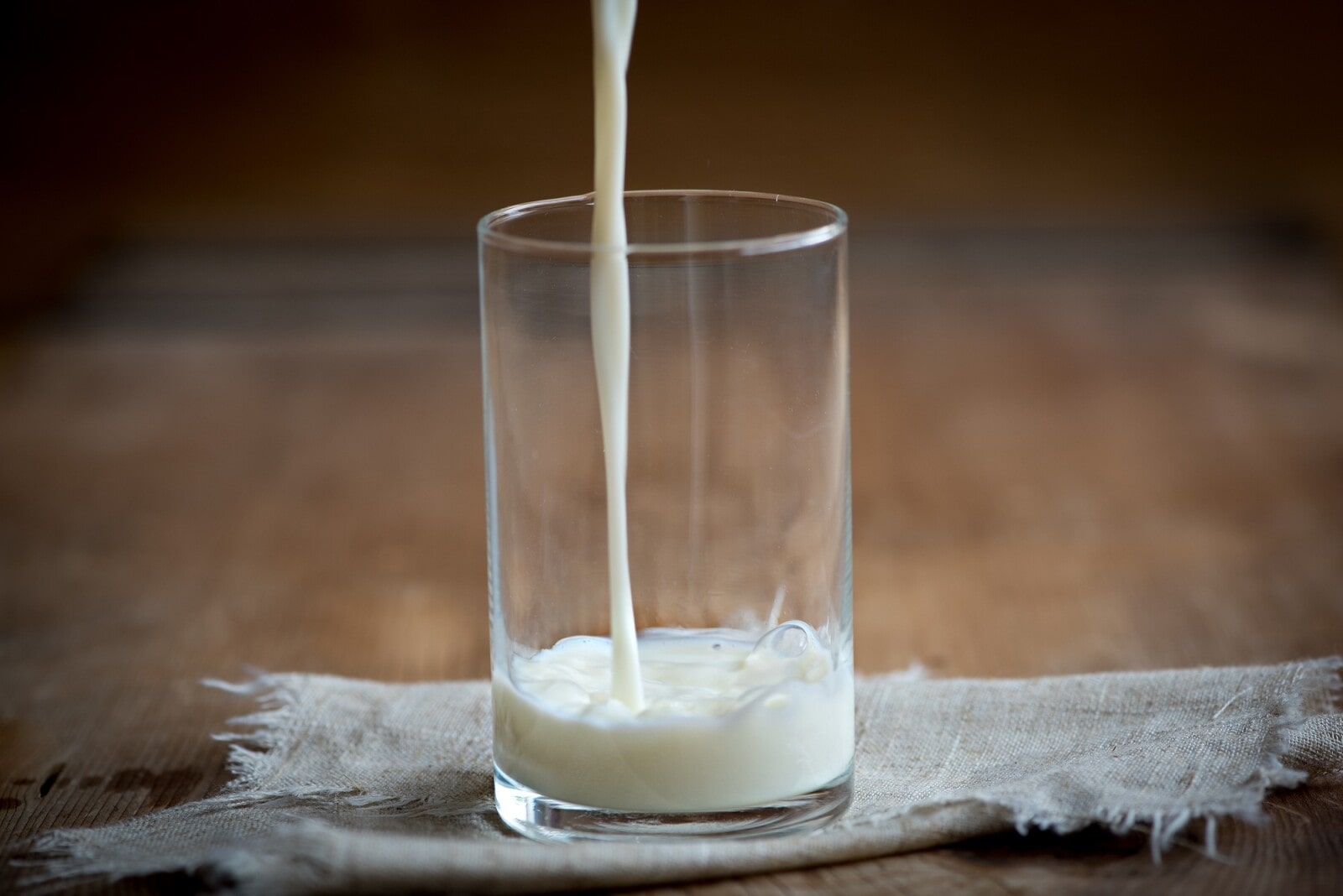
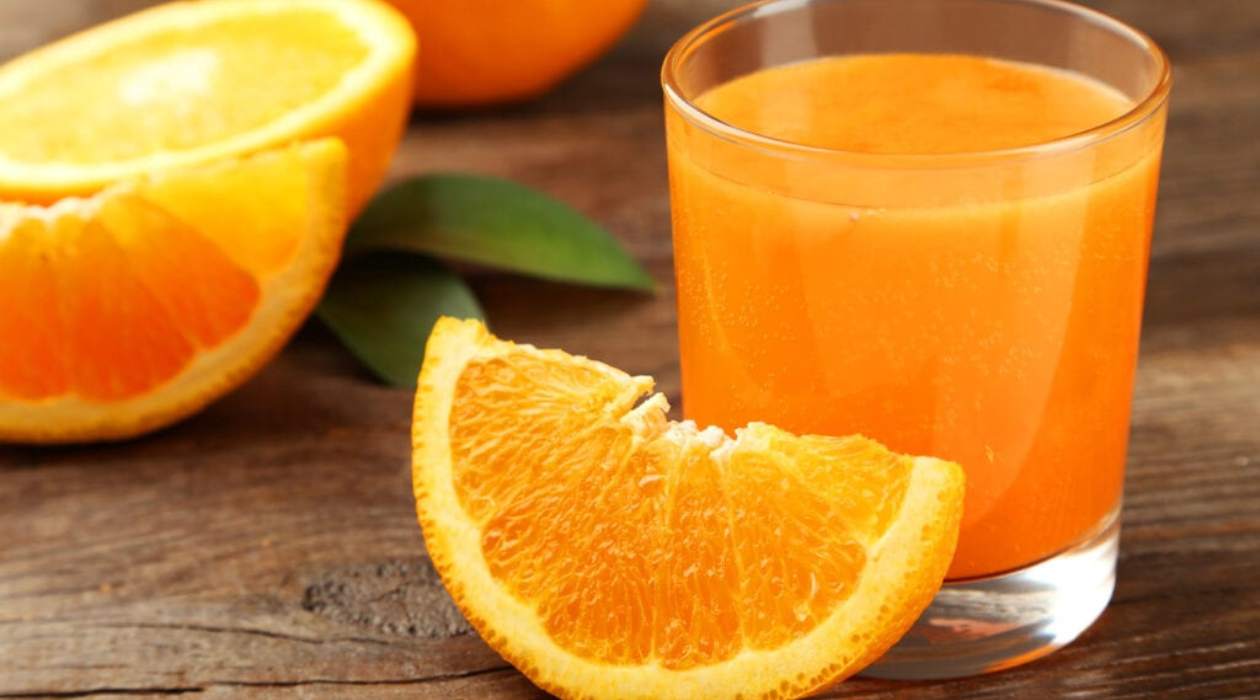
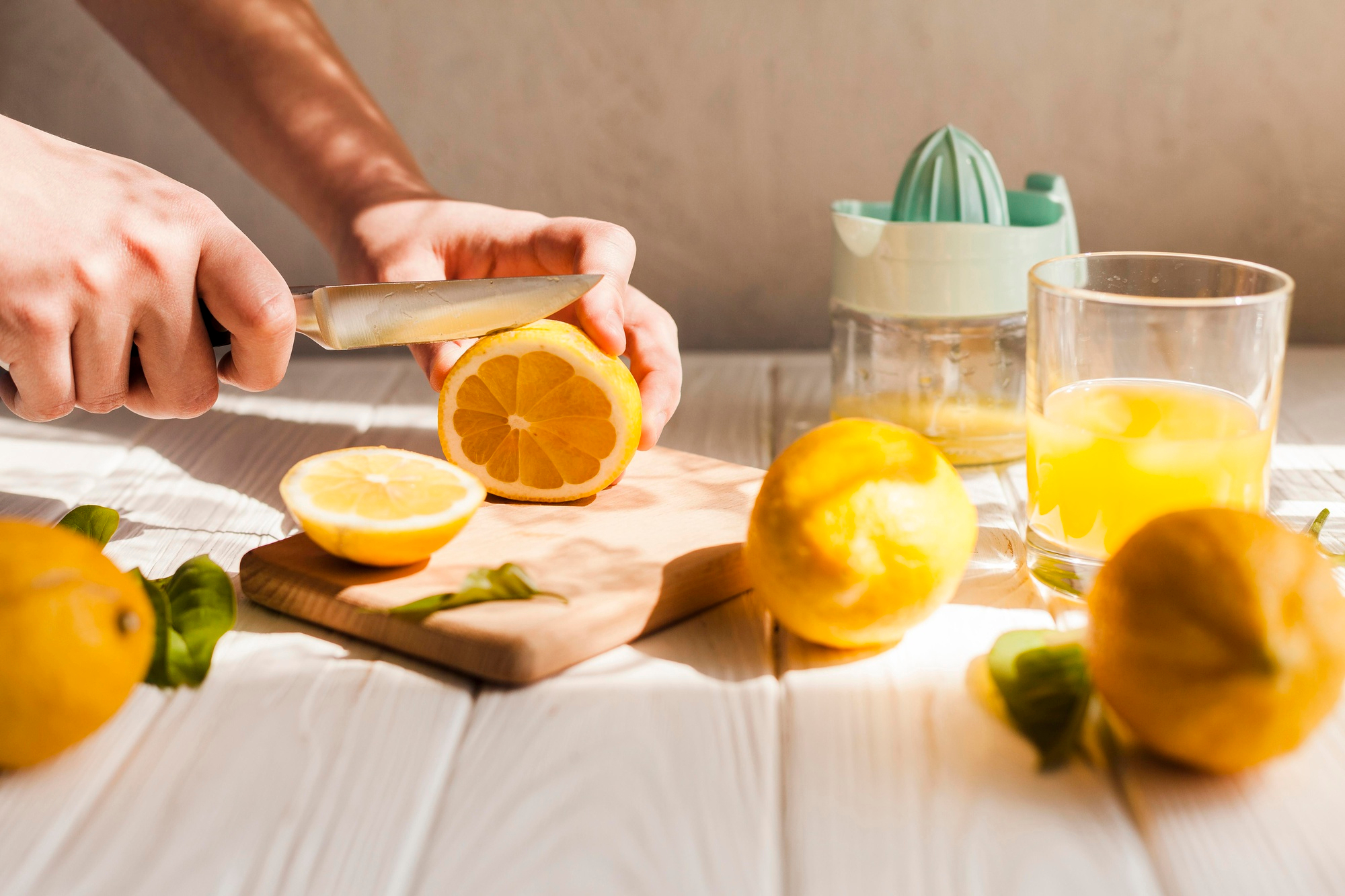
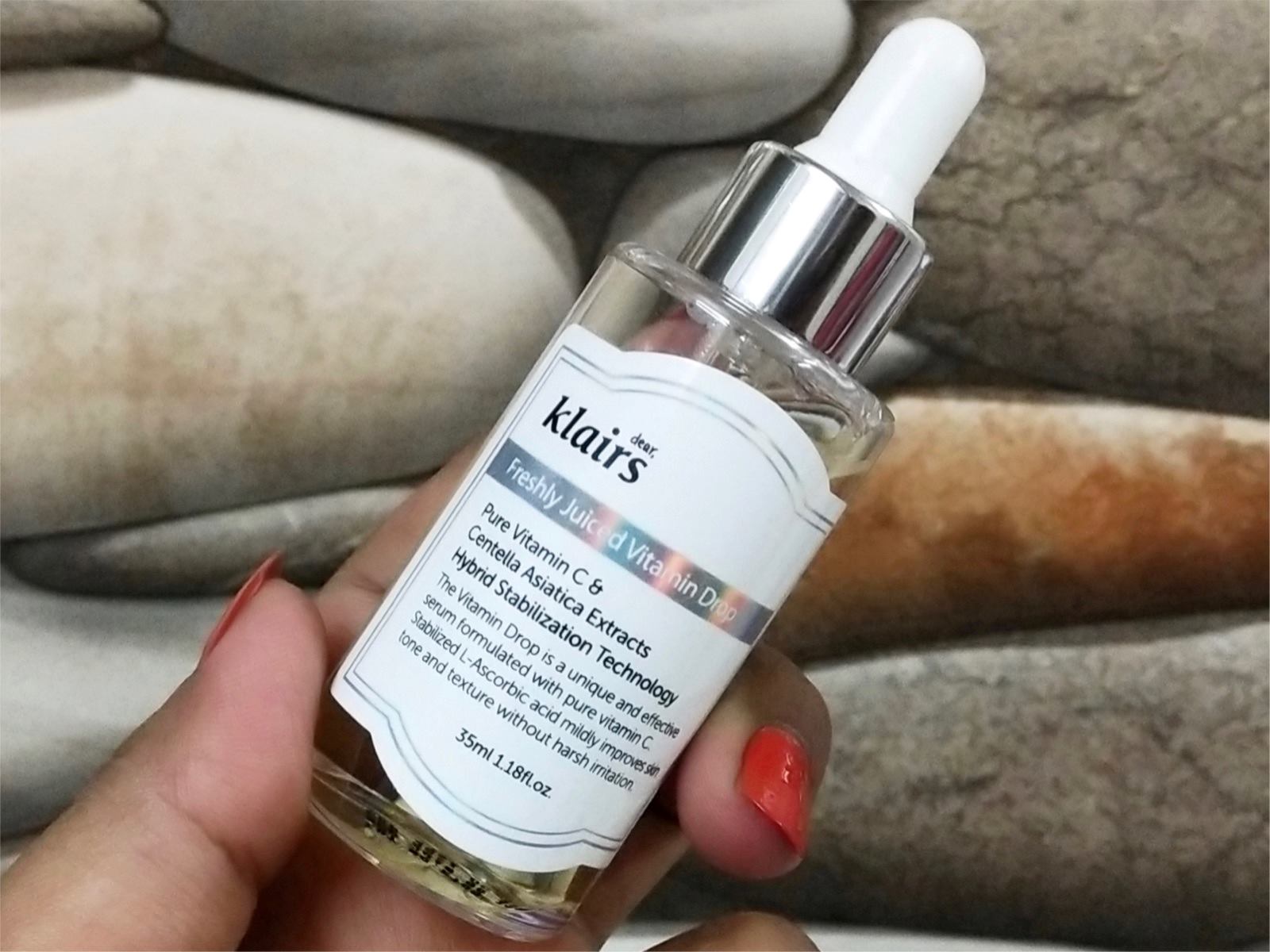


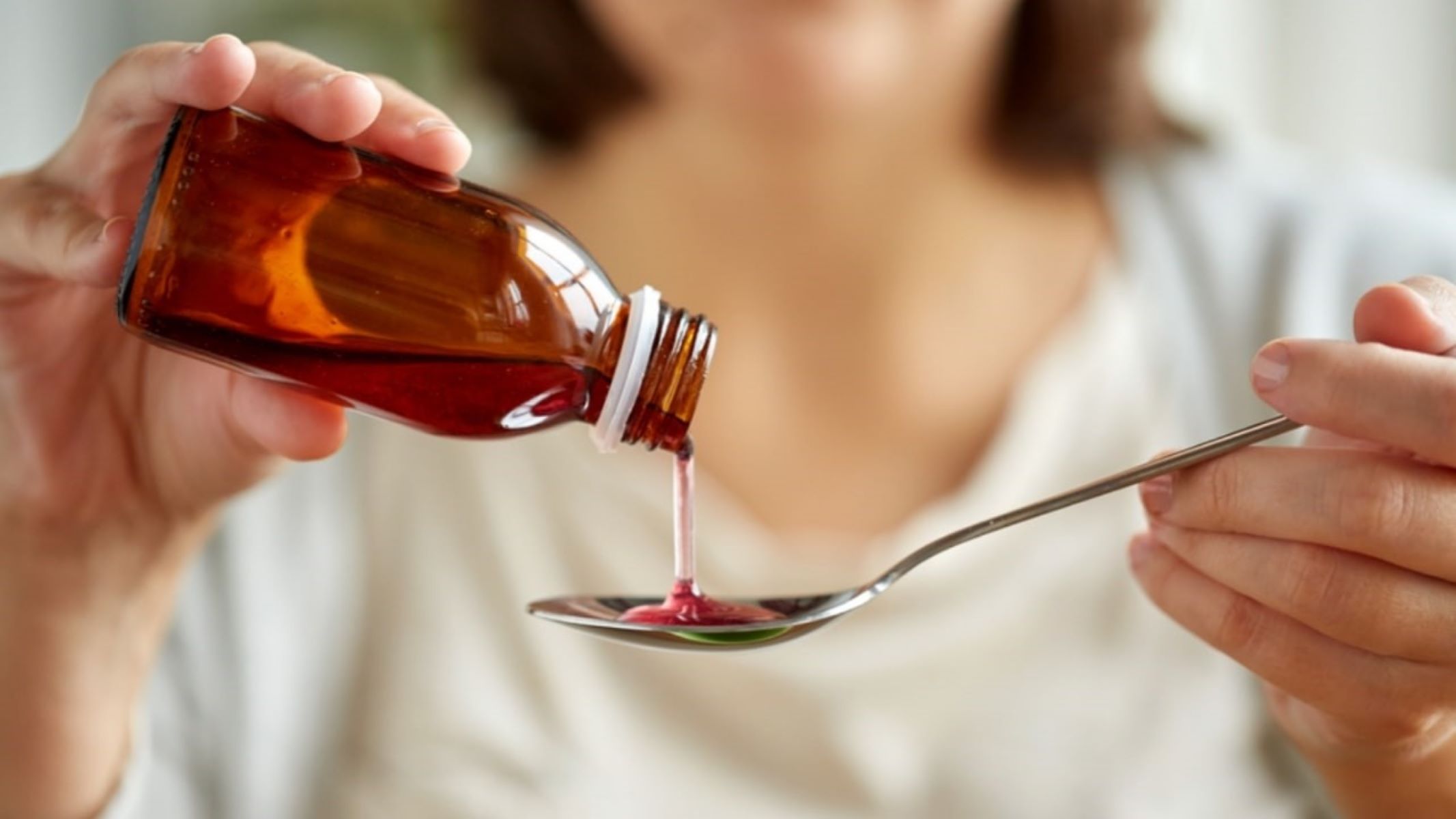
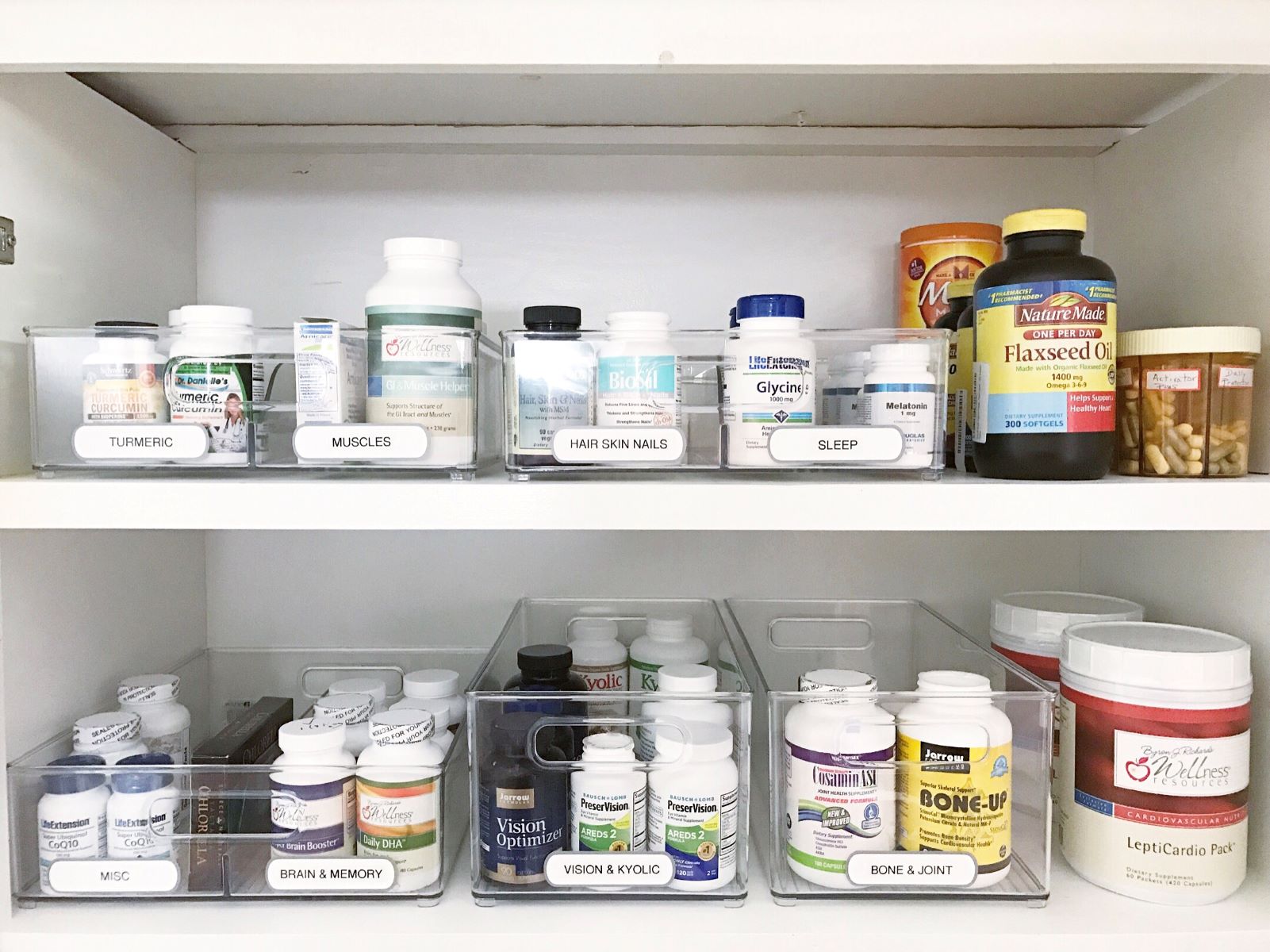




0 thoughts on “How Much Vitamin C In A Glass Of Orange Juice”